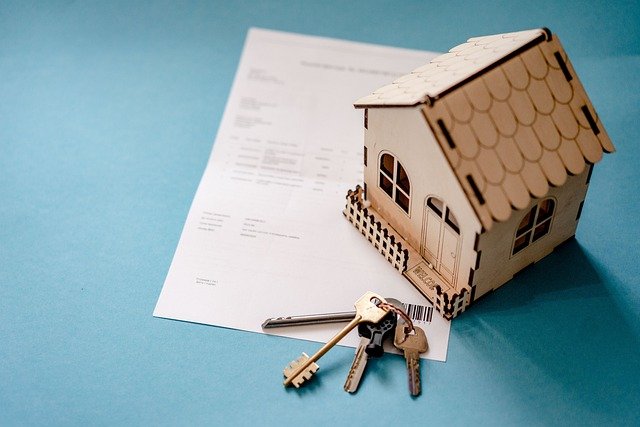Buy a Home Without a Mortgage in Australia: A Guide to Rent-to-Own
In Australia, rising property prices and strict lending criteria can make securing a mortgage difficult. Rent-to-own is an alternative that allows aspiring homeowners to lease a property with the option to purchase it later. This guide explores how the rent-to-own system works in Australia, including common contract structures, financial responsibilities, and key risks to consider. You’ll learn how to assess agreements, protect your interests, and prepare for a smooth transition to ownership—all without relying on a traditional home loan.

How Does Rent-to-Own Work in the Australian Housing Market?
A rent-to-own agreement in Australia consists of two key components: a standard rental agreement and an option to purchase the property. During the rental period, tenants make regular rental payments, with a portion typically contributing to the future purchase price. The agreement specifies a predetermined purchase price and timeframe, usually ranging from 2 to 5 years, during which the tenant has the exclusive right to buy the property.
What Legal Safeguards Exist in Australian Rent-to-Own Contracts?
Australian rent-to-own arrangements are governed by state-specific legislation and contract law. Key legal protections include mandatory disclosure requirements, cooling-off periods, and clear terms regarding purchase options. Contracts must specify the purchase price, option fee, rent payment structure, and maintenance responsibilities. It’s essential to have these agreements reviewed by a qualified legal professional to ensure compliance with state regulations and consumer protection laws.
How Does Rent-to-Own Compare with Traditional Home Loans?
Rent-to-own arrangements differ significantly from conventional mortgages in structure and requirements. While traditional home loans require substantial deposits and strict lending criteria, rent-to-own agreements often have more flexible entry requirements. However, they typically involve higher ongoing payments to cover both rent and the future purchase component.
| Feature | Traditional Mortgage | Rent-to-Own |
|---|---|---|
| Initial Deposit | 10-20% | 2-7% (option fee) |
| Credit Requirements | Strict | More flexible |
| Monthly Payments | Lower | Higher |
| Property Rights | Immediate ownership | Delayed until purchase |
| Interest Rates | Market rates | Often higher effective rates |
Prices, rates, or cost estimates mentioned in this article are based on the latest available information but may change over time. Independent research is advised before making financial decisions.
What Financial Planning is Required for Rent-to-Own Buyers?
Successful participation in a rent-to-own program requires careful financial planning. Prospective buyers should establish a savings plan to accumulate the necessary purchase funds, maintain steady income, and improve their credit score during the rental period. Creating a budget that accounts for both rental payments and additional costs such as maintenance, insurance, and future purchase expenses is essential.
What Benefits Do Low-Deposit Home Seekers Gain from Rent-to-Own?
Rent-to-own arrangements provide several advantages for buyers with limited deposits. These include immediate occupancy of their chosen property, time to build equity through rent credits, and the opportunity to establish a positive payment history. The program also allows buyers to lock in a purchase price, protecting them from market price increases while they prepare for ownership.
A rent-to-own agreement offers a structured path to homeownership for Australians who may not qualify for traditional mortgages. While these arrangements require careful consideration and thorough legal review, they represent a viable alternative for entering the property market. Success depends on understanding the commitments involved and maintaining strong financial discipline throughout the agreement period.




